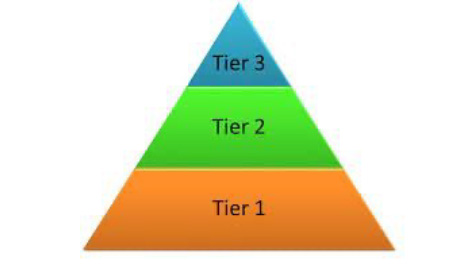The term “Tier 1 assets” typically refers to the highest quality and most liquid assets that banks, governments and financial institutions can hold to meet regulatory capital requirements. These assets are considered the most secure and are therefore given the lowest risk weightings under regulatory frameworks such as Basel III. The specific assets that are recognized as Tier 1 assets can vary depending on the country and the regulatory framework, but some examples of world-recognized Tier 1 assets include:
- Cash and cash equivalents, such as central bank reserves and highly liquid money market instruments.
- Gold
- Sovereign bonds issued by countries with strong credit ratings, such as the United States, Germany, and Japan.
- Shares in other banks that are themselves classified as Tier 1 capital.
- Retained earnings, which represent profits that have been retained by the bank rather than distributed to shareholders.
- Common equity, which represents the residual interest in the assets of a bank after all liabilities have been deducted.
It’s worth noting that the specific assets that are classified as Tier 1 assets can vary depending on the regulatory framework and the country in question. For example, some countries may include additional assets such as certain types of preferred stock or mortgage-backed securities in their definition of Tier 1 assets.
Did you notice the only Tier 1 asset listed above that has no counterparty risk? Yup, its gold. All other assets are only as valuable as the party that backs them up.
Gold is considered a Tier 1 asset because it is a highly liquid, widely recognized, and fungible asset that has been a store of value for thousands of years. It is also considered to be a safe haven asset that investors turn to during times of economic uncertainty or financial instability.
In addition to being a Tier 1 asset, gold is also considered to be a diversification tool that can help investors manage risk in their portfolios. Because gold often moves in the opposite direction of other assets like stocks and bonds, it can help to offset losses in those assets during times of market volatility.
